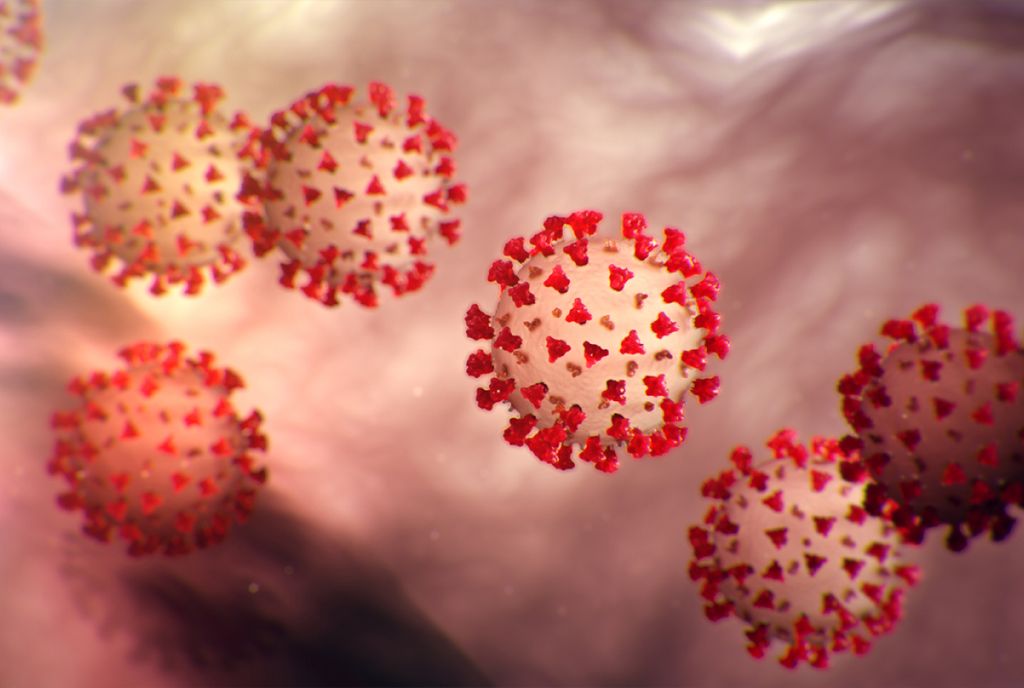
Battling
COVID

When desperately ill COVID-19 patients first began knocking at the doors of U.S. hospitals, healthcare workers frantically sought to develop effective treatments for the disease. Across the world, individual scientists as well as research institutions launched hundreds of studies to test various potential remedies. Unfortunately, many of these studies were too small or inadequately designed to yield conclusive results.1 Meanwhile, a number of unsubstantiated reports of “effective” treatments flooded the media, which did little to relieve the “infodemic” overwhelming the healthcare workers trying to help these patients.
A nationally coordinated, focused plan for addressing the pandemic was clearly needed — and Dr. Francis Collins called on the FNIH to create a solution. The Accelerating COVID-19 Therapeutic Interventions and Vaccines (ACTIV) partnershipopens in a new window that resulted was formed in record time in April 2020. Over the following 10 months, ACTIV reviewed more than 800 potential COVID-19 treatments and launched 11 robustly designed “master protocol” clinical trials, each capable of testing multiple drugs in a relevant patient population and funded through NIH by the U.S. government’s Operation Warp Speed initiative. Since its inception in April 2020, the ACTIV trial networks have tested over 30 therapies for effectiveness against COVID-19.
Of these promising leads, several have already reported results, with a majority of the trials due to read out by the fall of 2022. During 2021, data from the ACTIV trials contributed to Emergency Use Authorizations for three treatments, including the monoclonal antibody therapies from Brii Biosciences, Eli Lilly, and AstraZeneca, and led to an important change in clinical practice for the use of anticoagulation therapies in hospitalized COVID-19 patients. Importantly, ACTIV’s prioritization efforts meant that valuable resources — money, laboratory space, healthcare workers’ time, and patients’ hopes — were focused on therapies likely to succeed as COVID-19 treatments.
ACTIV, which includes eight U.S. government agencies, four nonprofit organizations, and 20 industry partners, stands out as perhaps the most remarkable collaboration to arise from the COVID-19 response. Its formation relied on the FNIH’s proven partnership model — engage people and organizations with diverse knowledge, unique capabilities, and distinct viewpoints, and create an environment based on objective science where trust and the exchange of new ideas can thrive — while achieving its goals with unprecedented scale and speed. It’s a blueprint that the FNIH will continue to follow to tackle a host of difficult biomedical challenges stemming from the current pandemic and many future challenges to human health.
1 Bugin & Woodcock, Trends in COVID-19 therapeutic clinical trials, Nature Reviews Drug Discovery 20, 13 March 2021, pp 254-255, doi: https://doi.org/10.1038/d41573-021-00037-3opens in a new window.
